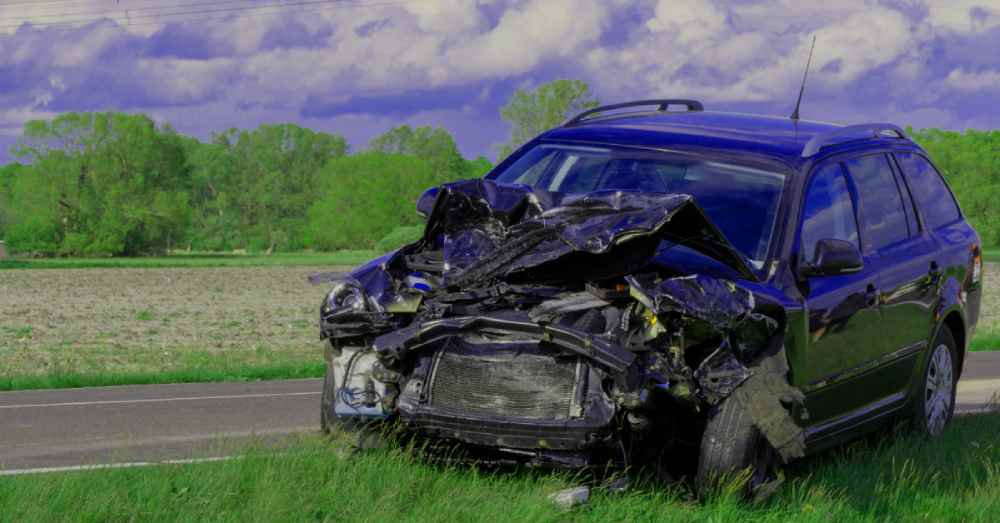It is the at-fault driver’s insurance company that has to decide if a vehicle is a total loss or needs repair. They do it when they believe that the repair cost is greater than the car’s actual worth. But, how do the insurers determine it? What factors do they include while assessing it?
To answer these questions, first, you have to understand that, like any other state in the United States, Delaware also has its specific rules on total loss. Unlike other states like Colorado, North Carolina, and Maryland, where the percentage-based threshold applies, Delaware uses the total loss formula, or TLF.
When an insurance company tends to find a total loss vehicle, it uses this formula. First, they evaluate the repair cost, salvage value, and actual cash value, then apply the TLF to get the result.

After the insurance company gets each estimate, they use the TLF. It combines the repair cost and salvage value. Then, it is compared with the actual cash value to determine if the total estimate is equal to or greater than the ACV. If the result is in affirmation, your vehicle is declared a total loss.
However, in the situation when the repair estimate does not reach the fair market value, you will be paid to repair your vehicle. After that, your vehicle is returned to you, and you are legally allowed to get it back on the road.
If you are a driver in Delaware, you need to understand the total loss threshold to make timely decisions. It can help preserve your rights and make the situation more controlled.
Before we delve into the process, let us know about some important terms such as ACV, repair cost, and salvage value.
Repair Cost: It refers to an estimate of the money that is needed to fix your vehicle. The repair cost includes the expense of parts, labor, paint, material, and others.
Actual Cash Value: This is the worth of your vehicle right before the accident. It is calculated considering various factors such as the condition, year, make, and mileage.
Salvage Value: It is the value of your car in its damaged condition. The amount is based on the factor by which the car could sell for its current condition.
Let’s assume that the car’s fair market value is $10,000. The repair cost and salvage value are $6,200 and $4,200, respectively. Now, let’s apply the formula:
Repair Cost + Salvage Value ≥ Actual Cash Value (ACV)
$6,200 + $4,200 = $10,400.
As the total of the repair estimate and salvage cost is more than the ACV, the vehicle will be considered a total loss.
After the insurance company makes the decision, the process moves towards offering you a cash payout. This amount is based on the actual cash value; this is why it is called the ACV settlement offer. The insurers will subtract your deductible from the payout.
Here is why you need to understand the Delaware total loss threshold as a vehicle owner:
If you know your state’s total loss rules, you understand the entire process from start to finish. This helps you figure out what you need to know and how you should do it.
If you do not know how the process works and the formula is applied, you may end up accepting what your insurance company offers.
Understanding the total loss threshold Delaware helps you identify your choices. You make better decisions whether for the settlement, owner retention, or more.
During the claim process, you need to handle a lot of paperwork from the beginning to the end. When you know what Delaware’s total loss guidelines are, you can stay prepared and do everything smoothly.
Already, it is a stressful situation and can become more overwhelming if you do not know much. When you understand the laws, you know what to expect and how to make the right decisions
If your car has been totaled and you are not sure about the next step, you are not alone. ADR Claims can help you understand the overwhelming total loss claim process. We can assist you in getting a better payout, handling the paperwork, and offering reliable appraisal services.
We cater to your specific needs and are ready to support you every step of the way. Contact the ADR-Claims team today, and we will help you get the fair compensation that you deserve.
Our quick and simple appraisal process can help you recoup vehicle-related losses.